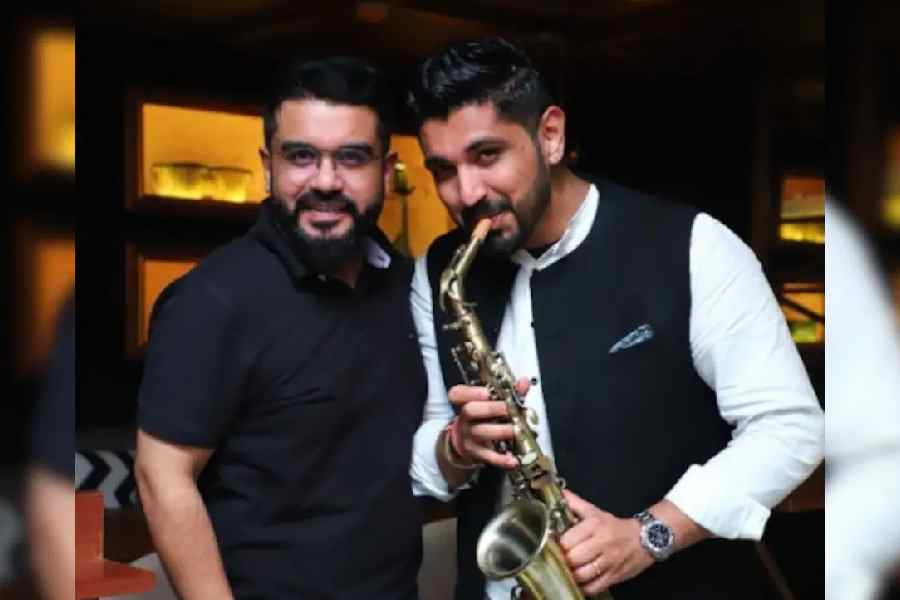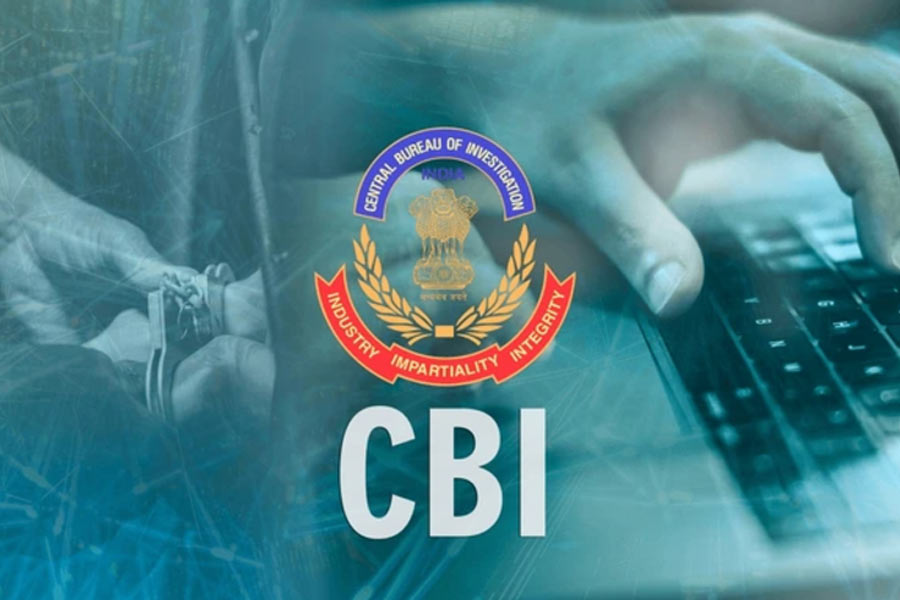 |
| TREASURE TROVE: The Sree Padmanabha-swamy temple in Thiruvananthapuram |
It was a matter of Rs 50 that led to the discovery of a treasure that’s now estimated to be worth Rs 5 lakh crore — equivalent to almost a quarter of India’s overall public debt of Rs 28 lakh crore at the end of December 2010. A minor tiff between a lawyer and a maharaja ended up in one of the greatest discoveries of hidden wealth in modern times.
The presiding deity of the wealth maintains a reclining position of eternal siesta. But the temple has now lost its sleep. The arc lights — domestic and international — are on the Sree Padmanabhaswamy Temple in Kerala, whose locked vaults last week opened up to a treasure trove of jewels and precious metals.
If it hadn’t been for advocate T.P. Sundara Rajan, a retired IPS officer who dragged the current head of the Travancore royal family — Uttradom Thirunal Marthanda Varma — to court, the wealth would perhaps have stayed hidden under the ground. Rajan, who lives in a three-storey building which is temple property, was believed to have been incensed when the temple authorities three years ago sought to raise the Rs 50 that he paid as rent to Rs 2,000 or so.
“It ended up opening a Pandora’s Box,” says historian M.G. Sasibhooshan.
Indeed, till last month, the temple had only a few security men guarding its doors. Now that the wealth hidden in its coffers has become global news, it has two battalions of police forces — including black commandoes and members of the Quick Response Team — manning the four gates of the temple in Kerala’s capital, Thiruvananthapuram. The state government, in its annual budget announced on Friday, allocated Rs 1 crore for temple security.
 |
| STOCKTAKING: Officials about to enter one of the vaults in the temple |
And, all of a sudden, it’s a tourist spot as well. “Where is the wealth hidden,” asks a curious Bimla Yadav to one of the local priests at the temple. The priest, now used to such questions, looks the other way. But the question posed by Yadav, who has undertaken the long journey from Haryana to Kerala, is on everybody’s lips in the serpentine queue leading to the sanctorum.
The nature of the contents in the six vaults — marked A to F and lined by granite blocks — is being avidly talked of as well. According to reports, vault A, whose treasures were made public last week, includes a gold sheaf that weighs 500kg, 1,000kg of Roman gold coins, a 10-foot-long gold chain, a one-foot high statue of Vishnu studded with precious stones, a 36kg golden veil, 1,200 long gold chains, three stone-studded gold crowns, boxes of diamonds and other precious stones wrapped in silk.
“It all seemed so surreal,” says a member of the team that went inside the chamber, speaking on condition of anonymity. Floodlights and torches were used to light up the underground area. What surprised the team was that the place was neither damp nor laced with cobwebs — as they’d thought it would, for it hadn’t been opened for almost 100 years.
The members went in carrying oxygen cylinders and it took them seven days to list the wealth in the five vaults. “Jewels were scattered everywhere. Some were inside huge wooden chests and some in silk bags. Some of the wooden boxes were tarnished but the rest was intact,” the member adds.
According to the writer Hridyakumari (she uses only her first name), it was unlikely that even the head of the erstwhile royal family knew the enormity of the wealth the temple secretly guarded all these years. “Two vaults were always opened for daily pujas and another two during the state’s festivals twice a year. The secrecy regarding the other two vaults — A and B — has always been maintained,” she says.
The sixth chamber, with vault B, was to have been opened on Friday. The Supreme Court, which sent the team to the temple following a petition filed by the royal family, has ordered a stay on this.
Not many in Kerala are surprised by the order, for folklore has it that opening the doors of the vault will lead to calamity. The vault is believed to have a 15-hooded cobra guarding the chamber and misfortune will strike the state’s people if it is opened.
“But then, these are just popular legends. There could be just a sculpture of the cobra on the door. The old locks would have got stuck, making it difficult to open. If the locks are forced open, it could stress the foundation of the temple for this vault lies right below the main deity’s sculpture,” says Sasibhooshan, who points out that the committee members found it extremely difficult to locate blacksmiths who could open the vaults for them.
 |
The vaults, dating back to the 13th century, were built by the Travancore kings in a bid to hide their wealth from invaders. “When Tipu Sultan was invading Kerala in 1789-90, the then king started stashing away every offering made to the temple inside the vaults to safeguard it,” says Hridayakumari. “Though Tipu Sultan could never enter Travancore, the practice of keeping the deity’s offerings inside the vault was carried forward by the kings who followed,” she adds.
Every secret vault in the basement has three doors — two wooden and one iron. The vaults are concealed by huge stones and are constructed in such a way that they can’t be spotted easily. The narrow staircase leading to the tiny cells in the basement can hardly accommodate four or five people. Most devotees who visit the temple have little idea where the vaults are located.
This 8th-century temple first gained prominence in the 18th century when the then king of Travancore, Marthanda Varma, after his forces defeated the Dutch army, set about building the grand structure of the temple, spread across seven acres, and dubbed himself the dasa of Padmanabhaswamy (Vishnu). His descendants see the Hindu god as their ruler, and call themselves his servants.
“It’s painful to see it now being called a treasure hunt. It’s all the wealth of the deity offered by our ancestors and other devotees,” says Princess Aswathi Thirunal Gouri Parvati Bai, the present head’s niece.
The temple, which overlooks a holy tank, now gets almost 10,000 visitors daily — and insiders say the number has doubled in the last few days. The distinct Dravidian architecture of the seven-storey tower, with exquisite engravings in stone, has Vishnu reclining on the thousand-headed serpent Anantha, as the presiding deity. The state capital’s name comes from the words Thiru Anantha.
With the shrine intrinsically linked to the state, not many approve of 72-year-old Rajan’s bid to take on the temple authorities. Rajan himself is now locked in his house and refuses to meet visitors. Close to the present raja’s brother, he used to visit the temple with him — which never failed to shock the people. When a member of the royal family visits the temple, commoners are barred from entering it.
In December 2009, the temple first hit the headlines when Rajan filed a PIL in the Kerala High Court, accusing the temple authorities of mismanagement and pilferage of valuables. The court, in February 2011, ruled that the temple be taken over by the state government. A petition was filed against this ruling by the royal family — which runs a well-known trading company and is the main supplier of pepper to Buckingham Palace — in the Supreme Court. In May, the apex court ordered the setting up of a seven-member committee — which finally unearthed the riches.
“Rajan refuses to vacate the premises or pay the market rent of the temple building that he has occupied. Also, he has been influenced by the union workers of the temple to go against the Trust,” says V.R. Harikumar, executive officer of the temple. Rajan, on his part, maintains unhappiness over the running of the temple. “He has asked for police protection as the popular sentiment is against him. The devotees are up in arms against him for dragging the temple into a controversy,” says a temple official.
The Supreme Court has now asked the state government and the temple trust to find a curator to list and evaluate the temple’s worth. It would perhaps be months before a public disclosure on the matter is made.
“Speculation is rife about the actual worth of these precious materials, some of which are invaluable. First it was being assessed at Rs 1 lakh crore, and now some analysts put it Rs 5 lakh crore,” says M.G.S. Narayanan, former chairman, the Indian Council of Historical Research. “If these figures are to be believed, this would become the world’s richest Hindu temple. And don’t forget we still have an unopened vault,” he says.
For the devotees, though, the temple’s riches hardly matter. For them, the real wealth lies in the god who lives within.










